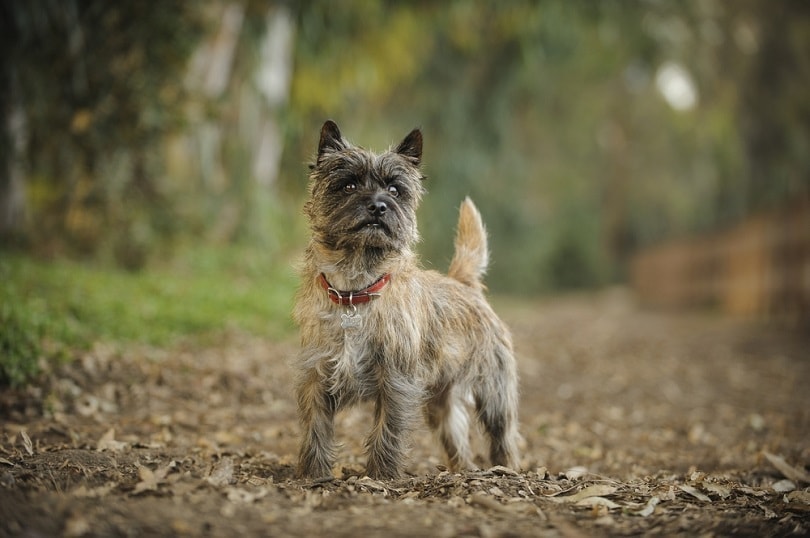Can Dogs Eat Sugar Snap Peas? Nutrition Facts & Guide

Updated on

Maybe you came home from the farmer’s market with a glut of fresh sugar snap peas, and even though they are delicious, you can only eat so many!
What about feeding the excess to your dog? Is that a good idea, or is there something in peas that makes them unsuitable for dogs?
Throughout this article, we’ll answer that question for you, as well as find out the benefits that your dog could gain from eating peas and the best ways to prepare sugar snap peas for your dog.
You might have noticed that peas are a common ingredient in commercial dog foods, so that gives us our first clue that sugar snap peas are a good thing for your dog to eat.
Now we know that sugar snap peas aren’t going to harm your dog, let’s take a look at the reasons that they could be a beneficial addition to your dog’s diet.
Facts About Sugar Snap Peas
Sometimes called snap peas or snow peas, sugar snap peas have the Latin name Pisum satvium.
Each sugar snap pea pod is edible and contains between three to eight peas.
The main countries that produce sugar snap peas for export are Guatemala, Colombia, Peru, China, and Kenya.
Nutritional Benefits of Sugar Snap Peas
Per 100 grams of sugar snap peas, they have 7.55 grams of carbohydrates, 2.6 grams of fiber, and 2.8 grams of protein.
They contain vitamins, including folate, A, B5, C, E, and K. They also have high levels of calcium, manganese, iron, copper, and magnesium.
Sugar snap peas contain the antioxidant lutein, which is beneficial for the health of your dog’s heart, eyes, and skin.
How Many Sugar Snap Peas Can I feed My Dog?
Bear in mind that vegetables aren’t necessary for your dog’s diet. Instead, they need a diet that’s high in protein.
That doesn’t mean you can’t feed sugar snap peas as a treat, especially if your dog enjoys them.
If you have decided to supplement your dog’s diet with sugar snap peas, how many should you give them?
We recommend only feeding your dog four to five at a time and perhaps once a week, rather than every day.
How to Feed Sugar Snap Peas to Your Dog
If you’ve decided to feed your dog a few sugar snap peas, there are a few different ways to prepare them.
You can feed them chopped into small pieces and used as a topper on your dog’s regular food, as an ingredient (cooked or raw) in your dog’s homemade dog food, or simply washed and fed whole.
Be aware that whole pea pods can cause some dogs to choke, so you may want to start off chopping the pods up and seeing how your dog gets on with them first. They can also cause an intestinal blockage, especially in smaller breeds. You’ll need to make a judgment call here as to whether your dog can cope with eating whole sugar snap peas or if they need to be chopped into smaller pieces.
Of course, you shouldn’t feed your pup leftover sugar snap peas if they have been cooked with salt or have any kind of seasonings like pepper, lemon juice, or garlic salt added.
As with any food your dog hasn’t had before, watch out for signs that your dog may have reacted badly. For example, they may vomit or have diarrhea. If this happens, stop feeding them sugar snap peas immediately and speak to your veterinarian if the symptoms don’t clear up.
Certain Dogs Shouldn’t Have Sugar Snap Peas
If you’re looking for a low-calorie treat to give your dog now and again, sugar snap peas not a bad option. But for some dogs, they’re a definite no-no.
Dogs with any type of kidney problem should not be given sugar snap peas. This is because they contain purines. These compounds create uric acid within your dog’s system, and this needs to be filtered out through your dog’s kidneys.
High levels of uric acid can increase the risk of your dog developing kidney stones or other conditions affecting their kidneys.
Wrapping it up – Can Dogs Eat Sugar Snap Peas?
Sugar snap peas are safe for most dogs to eat, provided that you feed them only occasionally, prepare them correctly, and give them only as an occasional treat.
Peas are a fairly common ingredient in some commercial dog foods due to the fact they contain good levels of vitamins, minerals, and fiber.
Smaller dogs should only eat sugar snap peas if they’ve first been chopped into smaller pieces. Dogs with kidney problems should never be offered sugar snap peas because they contain purine, which can exacerbate any kidney problems.
You may also want to read:













